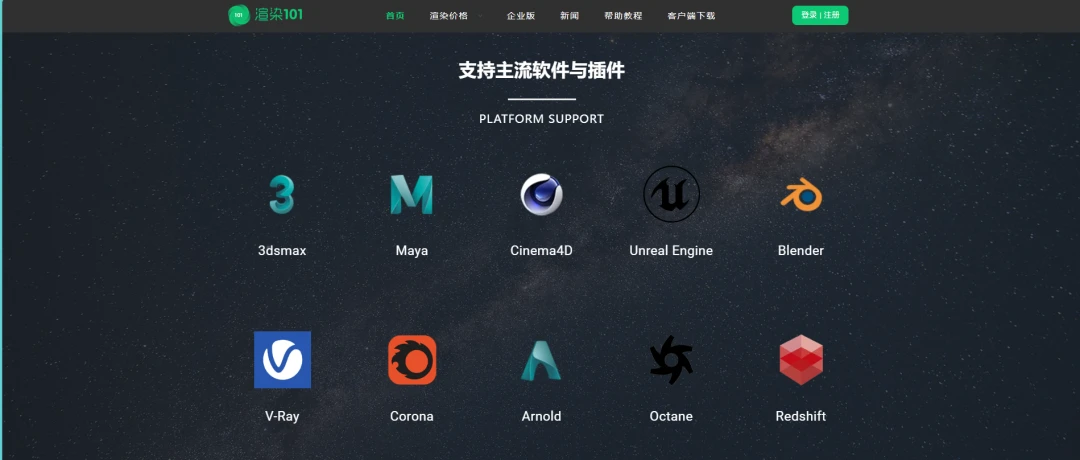目录
题目
准备数据
分析数据
总结
题目
结果表 必须 包含所有三个类别。 如果某个类别中没有帐户,则报告 0 。
按 任意顺序 返回结果表。
查询每个工资类别的银行账户数量。 工资类别如下:
"Low Salary":所有工资 严格低于20000美元。"Average Salary": 包含 范围内的所有工资[$20000, $50000]。-
"High Salary":所有工资 严格大于50000美元。
准备数据
Create table If Not Exists Accounts (account_id int, income int);
Truncate table Accounts;
insert into Accounts (account_id, income) values ('3', '108939');
insert into Accounts (account_id, income) values ('2', '12747');
insert into Accounts (account_id, income) values ('8', '87709');
insert into Accounts (account_id, income) values ('6', '91796');
分析数据(方法二)
第一步:利用case函数,将工资分类
select
*,
case
when income < 20000 then 'Low Salary'
when income >= 20000 and income <= 50000 then 'Average Salary'
when income > 50000 then 'High Salary'
end category
from accounts;
第二步:再建一个t2,里边包含三个类别
select 'Low Salary' as category
union all
select 'Average Salary'
union all
select 'High Salary';
第三步:将t2左连接t1,当t1不满足t2,会产生null,此时通过coalcase函数统计个数,会将null值也统计进去.
with t1 as (
select
*,
case
when income < 20000 then 'Low Salary'
when income >= 20000 and income <= 50000 then 'Average Salary'
when income > 50000 then 'High Salary'
end category
from accounts
),t2 as (
select 'Low Salary' as category
union all
select 'Average Salary'
union all
select 'High Salary'
)select
t2.category,
coalesce(count(account_id),0) as accounts_count
from t2 left join t1 on t2.category = t1.category
group by t2.category;
总结
当统计不满足时输出0,可以运用左连接,再通过coalcase函数统计.



















